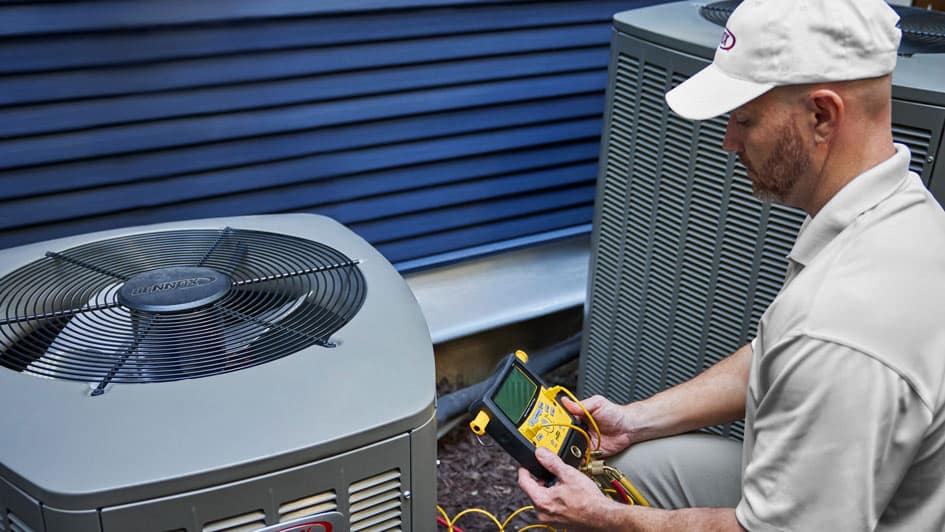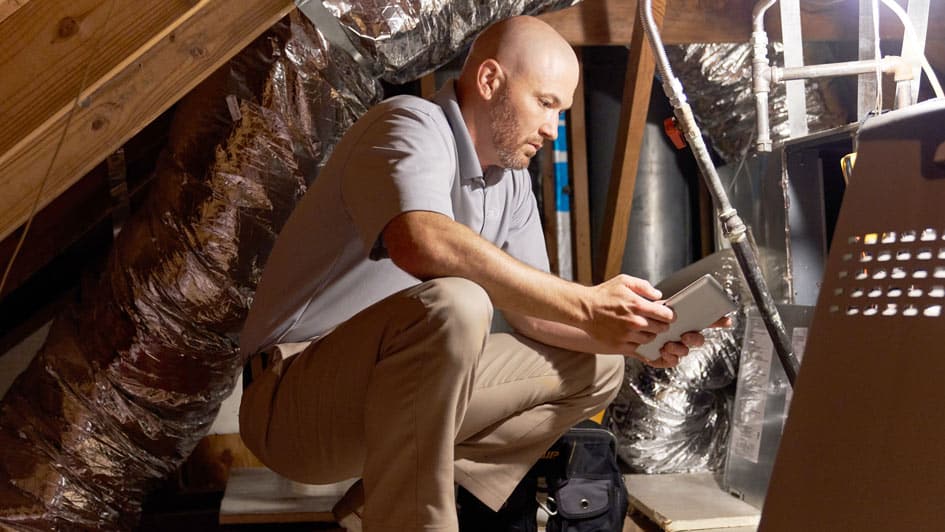
Season-by-Season Guide: Should My Thermostat Be Set to Auto or Fan?
As the weather is cooling off, you may be thinking about how you’ll make the most of your heating and cooling. After all, HVAC bills can contribute a large piece of your monthly electric bill. To try and find ways to reduce costs, some homeowners take a closer look at their thermostat. Could there be a setting they can use to boost efficiency?
Most thermostats include both a ‘Fan’ or ‘Fan On’ setting. But if the fan is going during a typical cycle, what will the fan setting provide for an HVAC system? This guide will help. We’ll walk through precisely what the fan setting is and when you can use it to cut costs in the summer or winter.
What Is the Fan Setting on My Thermostat?
For the bulk of thermostats, the fan setting signifies that the HVAC blower fan remains on. A few furnaces may continue to generate heat at a low level with this setting, but in most cases heating or cooling isn’t being generated. The ‘Auto’ setting, conversely, will start the fan during a heating or cooling cycle and switch it off after the cycle is finished.
There are pros and cons to trying the fan setting on your thermostat, and what’s ideal can depend on your distinct comfort requirements.
Advantages to switching to the Fan/On setting:
- You can keep the temperature throughout your home more balanced by enabling the fan to keep running.
- Indoor air quality can increase as constant airflow will keep forcing airborne contaminants through the air filter.
- A smaller number of start-stop cycles for the blower fan helps lengthen its life span. Since the air handler is often part of the furnace, this means you might prevent the need for furnace repair.
Disadvantages to utilizing the Fan/On setting:
- A nonstop fan will likely add to your energy bills slightly.
- Constant airflow could clog your air filter soon, increasing the frequency you should replace it.
Should My Thermostat Be on Fan or Auto in Summer/Winter
Through the summer, warm air can persist in unfinished spaces including the attic or an attached garage. If you use the fan setting, your HVAC system may pull this warm air into the rest of your home, compelling the HVAC system to run longer to maintain the set temperature. In extreme heat, this may result in needing AC repair more often as wear and tear grows.
The opposite can happen during the winter. Cooler spaces such as a basement will hold onto cooler air, which will eventually flow into the rest of your home. Keeping the fan on will sometimes draw more cold air upward, increasing the amount of heating you need to stay warm.
If you’re still trying to determine if you should try the fan/on setting, remember that every home and family’s comfort needs are not the same. Leaving the HVAC system’s fan on could work for you if:
Someone in your household deals with allergies. Allergies and similar respiratory conditions can be stressful on the family. Leaving the fan on should help to enhance indoor air quality, helping your family breathe easier.
Your home deals with hot and cold spots. Many homes deal with stubborn hot and cold spots that quickly shift to a temperature different from the rest of the house. The fan setting should help lessen these changes by steadily refreshing each room’s supply of air.
Don't wait until your AC breaks down - get a professional maintenance check now.
Contact



